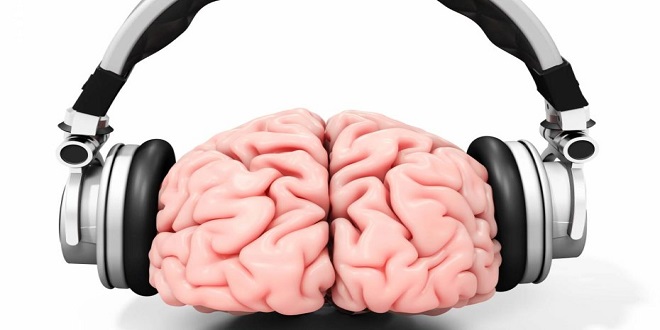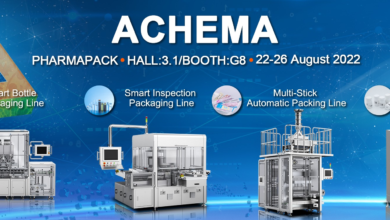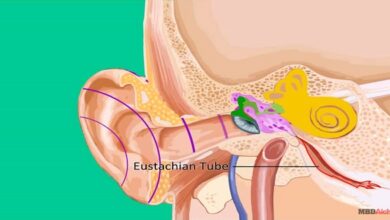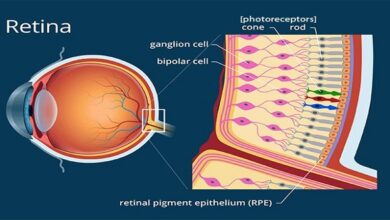Learning, Memory, Language, & Speech

Introduction
A revolution in our understanding of brain function in humans has been brought about by the development and widespread availability of positron emission tomographic (PET) scanning, functional magnetic resonance imaging (fMRI), and related techniques. PET is often used to measure local glucose metabolism, which is proportionate to neural activity, and fMRI is used to measure local amounts of oxygenated blood. These techniques make it possible to determine the activity of the various parts of the brain is completely intact in normal humans and in humans with many different diseases.
Forms of memory
From a physiologic point of view, memory is appropriately divided into explicit and implicit forms. Explicit or declarative memory is associated with consciousness—or at least awareness—and is dependent on the hippocampus and other parts of the medial temporal lobes of the brain for its retention. Clinical Box 19–1 describes how tracking a patient with brain damage has led to an awareness of the role of the temporal lobe in declarative memory. Implicit or no declarative memory does not involve awareness, and its retention does not usually involve processing in the hippocampus.
Neural basis of memory
The key to memory is an alteration in the strength of selected synaptic connections. In all but the simplest of cases, the alteration involves protein synthesis and activation of genes. This occurs during the change from short-term working memory to long-term memory. In animals, acquisition of long-term learned responses is prevented if, within 5 min after each training session, the animals are anesthetized, given electroshock, subjected to hypothermia, or given drugs, antibodies, or oligonucleotides that block the synthesis of proteins. If these interventions are performed 4 h after the training sessions, there is no effect on acquisition.
Synaptic plasticity & learning
Short- and long-term changes in synaptic function can occur as a result of the history of discharge at a synapse; that is, synaptic conduction can be strengthened or weakened on the basis of past experience. These changes are of great interest because they represent forms of learning and memory. They can be presynaptic or postsynaptic in location.
One form of plastic change is post-tetanic potentiation, the production of enhanced postsynaptic potentials in response to stimulation. This enhancement lasts up to 60 seconds and occurs after a brief (tetanizing) train of stimuli in the presynaptic neuron. The tetanizing stimulation causes Ca2+ to accumulate in the presynaptic neuron to such a degree that the intracellular binding sites that keep cytoplasmic Ca2+ low are overwhelmed.
Long-term memory
While the encoding process for short-term explicit memory involves the hippocampus, long-term memories are stored in various parts of the neocortex. Apparently, the various parts of the memories—visual, olfactory, auditory, etc—are located in the cortical regions concerned with these functions, and the pieces are tied together by long-term changes in the strength of transmission at relevant synaptic junctions so that all the components are brought to consciousness when the memory is recalled. Feel free to visit to know more about – health tips
Summary
In summary, much is still to be learned about the encoding of explicit memory. However, according to current views, information from the senses is temporarily stored in various areas of the prefrontal cortex as working memory. It is also passed to the medial temporal lobe, and specifically to the par hippocampal gyros. From there, it enters the hippocampus and is processed in a way that is not yet fully understood. At this time, the activity is vulnerable, as described above. Output from the hippocampus leaves via the cubiculum and the entorhinal cortex and somehow binds together and strengthens circuits in many different neocortical areas, forming over time the stable remote memories that can now be triggered by many different cues.
Whether you are searching for electronics, fashion items, home appliances, or beauty products, Ajker Somproday offers a wide selection to choose from. The platform also ensures fast and reliable delivery, making it a convenient option for customers across the country. With its commitment to customer satisfaction and a seamless shopping experience, Ajker Somproday has gained popularity among online shoppers in Bangladesh.





